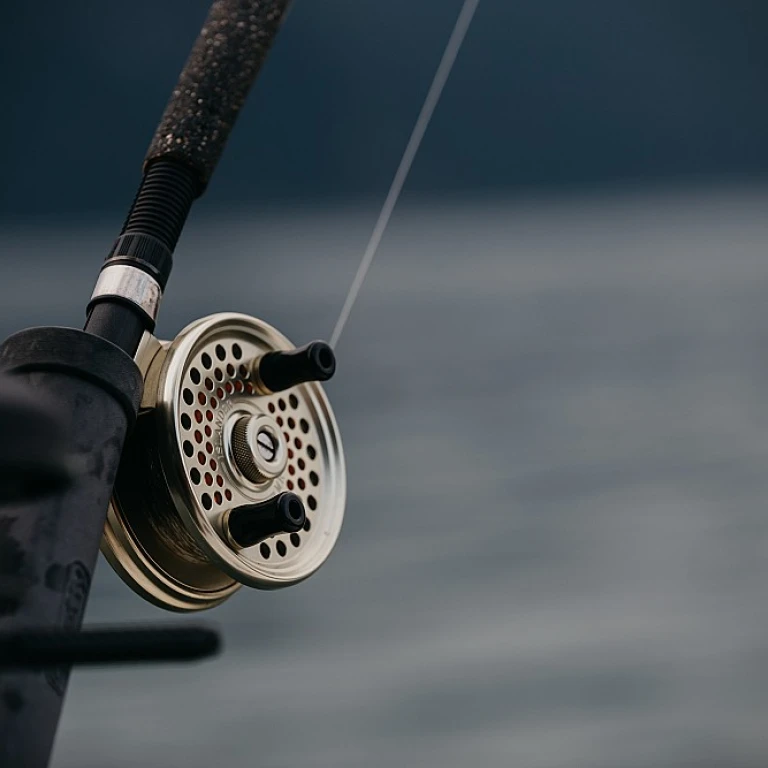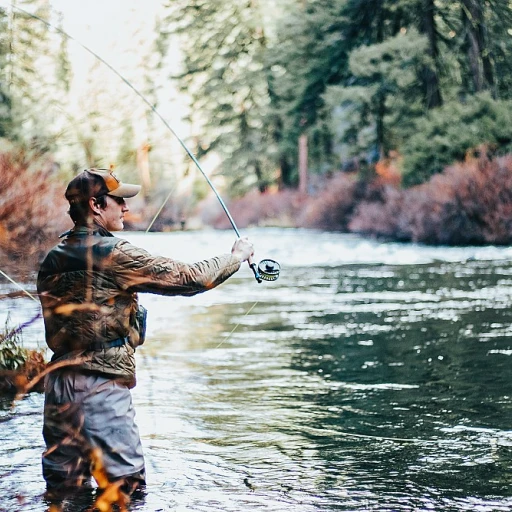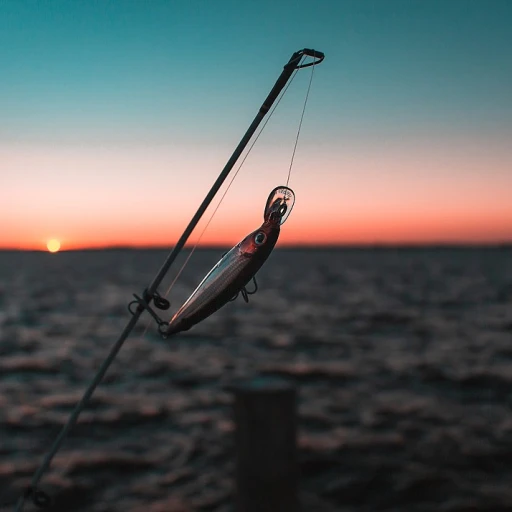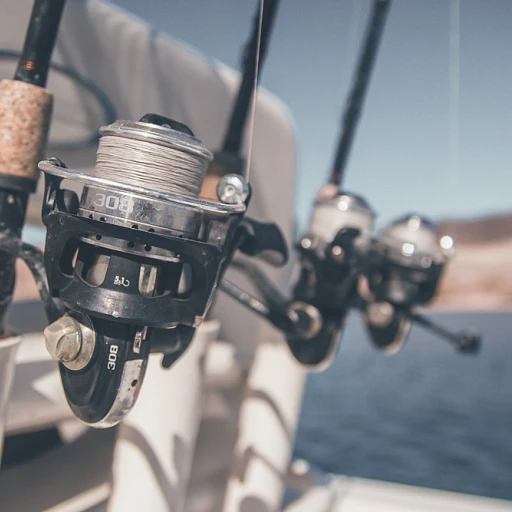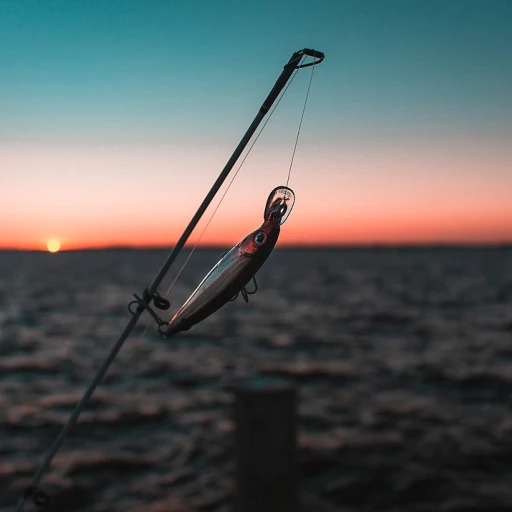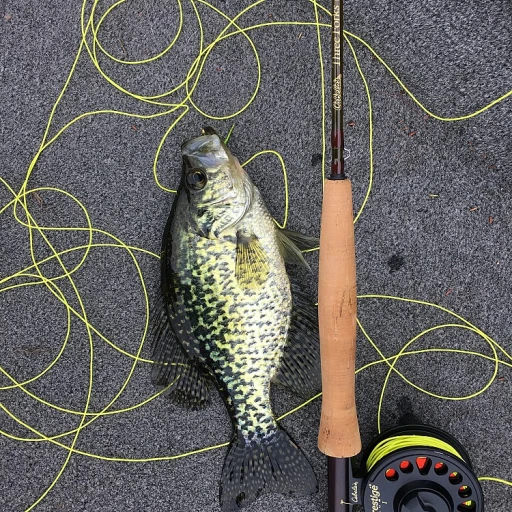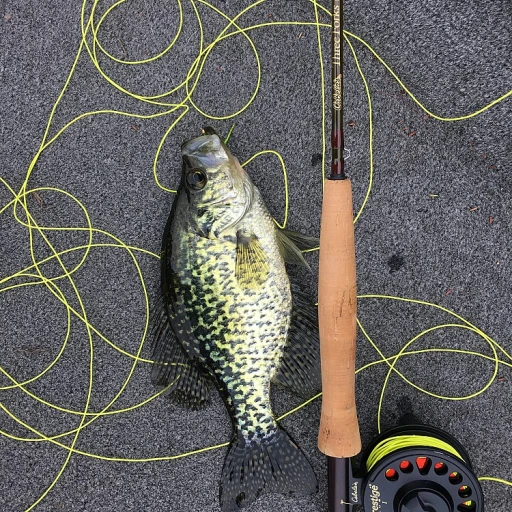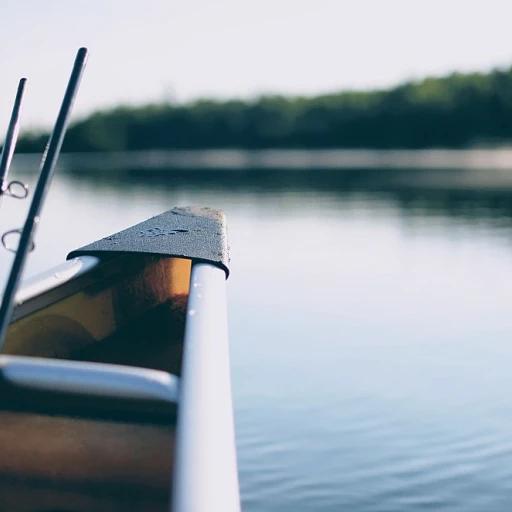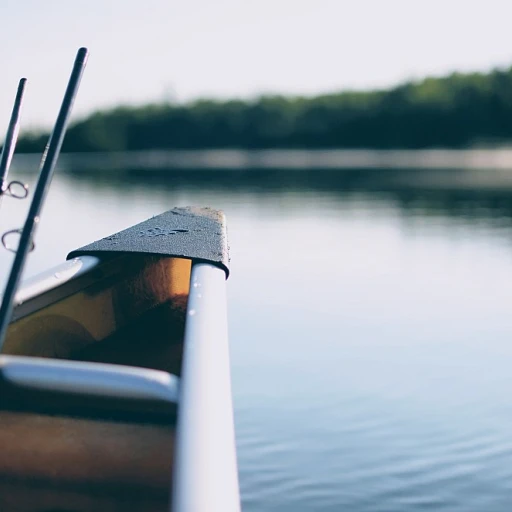
Understanding the Species
Key Differences Between Two Popular Catfish Varieties
When it comes to recreational fishing, catfish enthusiasts often find themselves choosing between the blue catfish and the channel catfish. Each species possesses unique characteristics, making them appealing to different anglers depending on their fishing preferences.
The blue cat, recognized for its smooth, slate-colored skin, can be identified by its large, forked tail and an anal fin with a unique number of fin rays. The channel catfish, often seen in waters from the Chesapeake Bay to the Mississippi River, displays a range of colors from gray to olive. It's also known for its deeply forked tail and distinctively curved anal fin.
Understanding the Appeal
These catfish species are not only intriguing due to their differing appearances but also because of their varying culinary qualities. While the blue cats are often preferred for their mild flavor and firmer flesh, channel cats are celebrated for their slightly sweeter taste, making them a popular choice for many delicious recipes.
Although they may share some similarities, such as being incredibly adaptive and having habitats that overlap, these fish will offer distinct fishing experiences based on their individual behavior and preferred environments.
Habitats and Locations
Preferred Waters and Natural Settings
Both blue catfish and channel catfish present unique preferences when it comes to their habitats. Understanding their natural environments can significantly boost your fishing success. Blue catfish, known for thriving in larger bodies of water, prefer the expansive stretches of deep rivers and reservoirs. The Chesapeake Bay is a popular hotspot, owing to its vast and varied aquatic landscape that attracts this species.
In contrast, channel catfish adapt well across a range of smaller, more varied water bodies, from narrow rivers to small lakes. They often frequent areas with slow-moving waters where their forked tail aids navigation. Bass anglers might notice differences in behavior, as channel cats can sometimes share water with bass species.
Differences in Environment Adaptation
Blue catfish, often referred to simply as "blues," exhibit a strong preference for current and deeper waters, which aids their hunting strategy. They often seek out environments with plenty of structures like submerged trees or rock beds where they can find shelter and prey. This contrasts with the channel cats that often settle in areas where they can blend into the muddy or sandy bottoms. Their adaptation to varied conditions allows them to sustain across different geographic locations.
Both catfish species show resilience in their respective domains, but their preference for particular channels or rivers can considerably impact your fishing strategy. Observing seasonal water shifts and migration patterns of these species will guide your approach for a more successful catch.
Behavioral Patterns
Behavioral Characteristics of Blue Catfish vs. Channel Catfish
Understanding the behavioral patterns of catfish species is crucial for any angler aiming to optimize their fishing techniques. While both blue and channel catfish exhibit some similar behaviors, there are distinct variations that set them apart. Blue catfish are known for their aggressive nature. They are opportunistic predators, often preying on other fish species including bass and white fish. Their feeding habits can be attributed to their forked tail and streamlined bodies, making them swift hunters, especially in deep river channels. Their hunting prowess also means they tend to be more active during different parts of the day, often depending on the season and water temperature. On the other hand, channel catfish have a somewhat different behavioral pattern. These 'cats' prefer scavenging over hunting. They are bottom dwellers, using their sensitive whiskers to locate food across muddy and vegetated riverbeds. Their diet mainly consists of smaller fish, insects, and aquatic invertebrates. Channel cats are known for being more laid-back compared to their blue counterparts, often staying still for longer periods while awaiting prey. When fishing for these catfish species, it's essential to consider their behavior. For example, if you're targeting blues in the Chesapeake Bay or other large water bodies, it's wise to focus on deep, swift waters where they actively hunt. Contrastingly, for channel cats, aim for the calmer, shallower areas where they comfortably scavenge. Additionally, understanding their reactions to human presence or noise can be a strategic advantage. Blues may be more curious and investigate disturbances, while channel cats might shy away, requiring more stealth and patience from the angler. For those looking to hone their skills in catfish fishing, understanding these behavioral nuances can make a difference, whether you're out on a lazy afternoon or participating in a competitive fishing event. For more fishing insights, consider exploring insights into the Belmar fishing scene, which may also offer some valuable information.Fishing Techniques and Gear
Tackling Techniques for Catfish Success
When it comes to effectively catching blue catfish and channel catfish, understanding their distinct behaviors and environments is crucial. Each species has unique preferences, which can dictate the best techniques and gear for a successful fishing expedition.
Blue catfish, often found in larger river systems, thrive in strong currents. This preference makes drift fishing an ideal approach. Utilizing a heavy sinker, your bait, such as cut shad or other fresh fish, can be kept near the riverbed where blue cats are likely to be. Sturdy rods and reels are recommended to handle the powerful pulls of these sizable catfish. Pay attention to the fins of this catfish species, with their distinctive forked tails and prominent fin rays, to distinguish the blues from other cats in the water.
On the other hand, channel catfish are more adaptable, often inhabiting smaller waterways, ponds, and reservoirs. They favor warmer waters and their feeding patterns can be sporadic, with a penchant for diverse bait options. Channel cats are known for being less aggressive than blues, which calls for different gear. A medium-weight rod with a sensitive tip can help detect their more subtle nibbles.
Regardless of the species, a well-chosen hook is essential. Circle hooks are highly recommended, as they reduce the chances of deeply hooking the catfish, promoting successful catch and release. Keeping in mind the environmental impact, selecting hooks that align with conservation efforts also aligns with responsible fishing practices. For those looking to expand their fishing repertoire, flathead catfish also offer a challenging pursuit due to their solitary nature and preference for live bait.
Considering the varied habitats of these catfish, from the vibrant channels of the Chesapeake Bay to tranquil rivers, understanding the interplay between these environments and the corresponding fish species can significantly enhance your success rate on the water. Embrace each fishing adventure as an opportunity to refine your technique and deepen your understanding of these fascinating aquatic creatures.
Seasonal Considerations
Considering Seasonal Changes
When it comes to catching blue catfish and channel catfish, understanding the seasonal variations can make all the difference. Catfish behavior and their habitat preferences shift with the seasons, impacting your fishing strategy and success.- Spring: During the spring months, catfish are more active due to the warmer water temperatures thawing from winter. Blue cats often start moving to shallower waters for spawning. This is a prime time to target them, as they are found in abundance near river mouths and feeder streams.
- Summer: As summer arrives, both blue and channel catfish tend to inhabit deeper water during the day to escape the heat. Fishing in the cooler parts of the day, such as early morning or evening, near deeper channels or the shaded side of river bends, is usually effective.
- Fall: In fall, fish are more spread out as they follow baitfish up rivers and into tributaries. This is a good time to use live bait since catfish will actively chase down prey in preparation for the cooler months.
- Winter: During the colder months, channel cats and blues can become less active and might retreat to deep holes to find warm water. Fishing requires more patience, with a focus on casting in deeper channels where they tend to gather. Fishing slowly with cut bait works well in these conditions.

